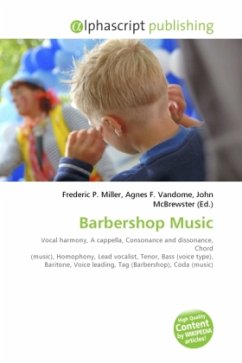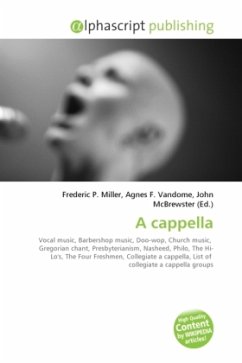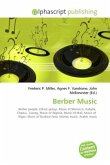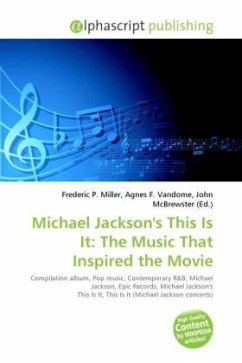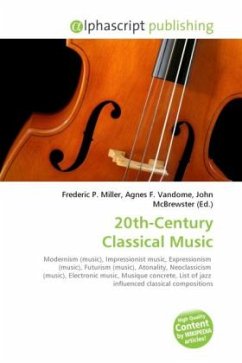Barbershop vocal harmony, as codified during the barbershop revival era (1940s present), is a style of a cappella, or unaccompanied vocal music characterized by consonant four-part chords for every melody note in a predominantly homophonic texture. Each of the four parts has its own role: generally, the lead sings the melody, the tenor harmonizes above the melody, the bass sings the lowest harmonizing notes, and the baritone completes the chord, usually below the lead. The melody is not usually sung by the tenor or bass, except for an infrequent note or two to avoid awkward voice leading, in tags or codas, or when some appropriate embellishment can be created. Occasional traveling may be sung by fewer than four voice parts. According to the Barbershop Harmony Society, "Barbershop music features songs with understandable lyrics and easily singable melodies, whose tones clearly define a tonal center and imply major and minor chords and barbershop (dominant and secondary dominant)seventh chords that resolve primarily around the circle of fifths, while making frequent use of other resolutions."
